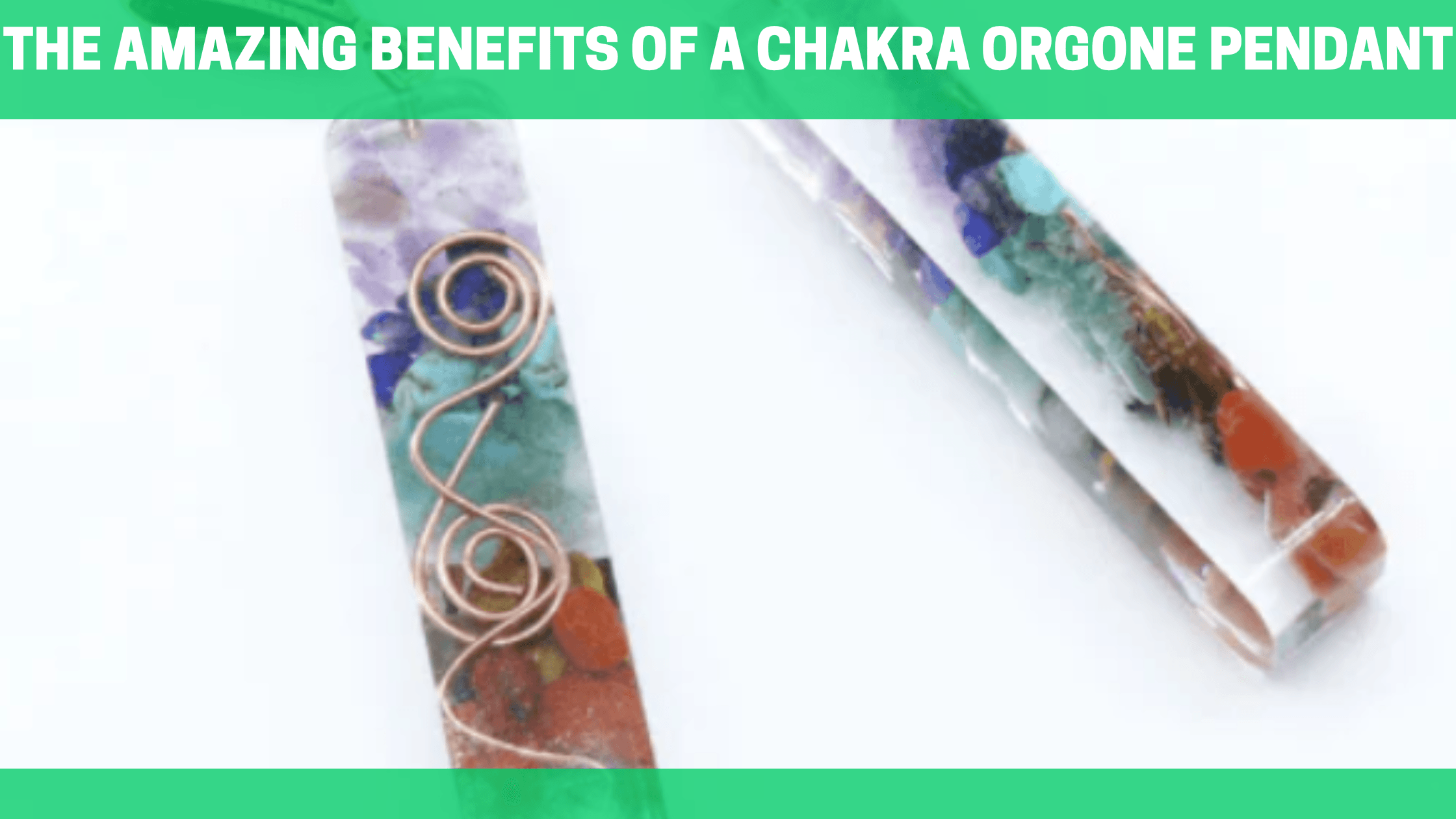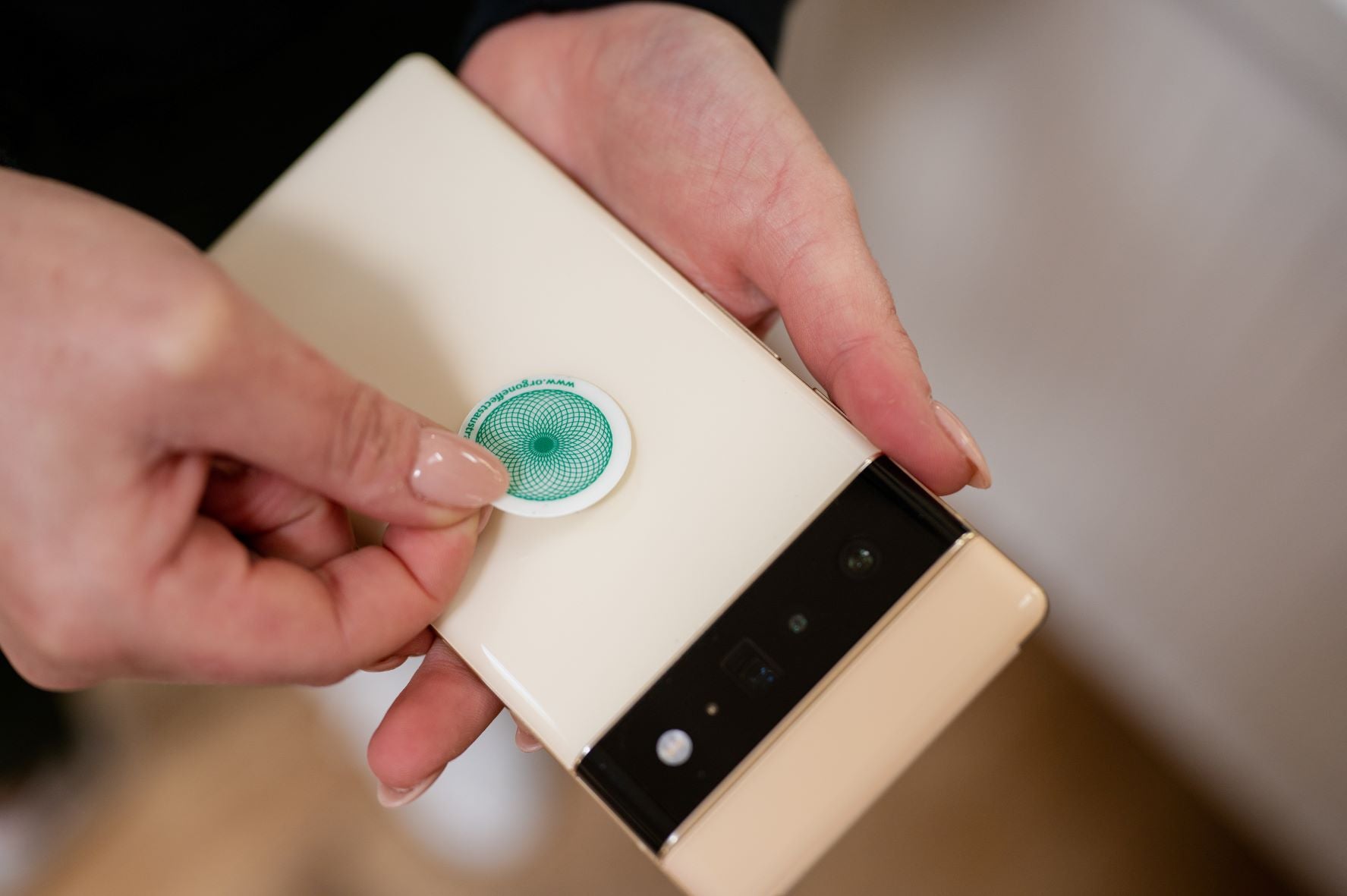Don’t get fooled by fake shungite. Let how to spot the verified shungite with our guide.
One of the most frequently asked questions is how to identify verified shungite products. Of course, you also use shungite products because you think about your health and want to protect yourself from harmful energy and radiation.
Did you know that about 40% of shungite stone sold worldwide is fake? Only real shungite stones have all the unique properties that shungite is known for.
Many modern entrepreneurs are trying to increase their profits, developing various fraudulent schemes and selling other black materials under the guise of real shungite.
The Cost of Fake Shungite

Very often fake shungite is just shungizite or shungite schist. Evidently, the price of “fake” shungite stone is quite lower for customers, but this does not mean that it will be inexpensive for customers.
In addition, fake shungite stones do not have any beneficial effects on the human body, and sometimes they can even cause harm.
Therefore, being able to distinguish between real and fake shungite stones by yourself is crucial to avoid fraud and harm to your health.
To protect you from purchasing a fake, we will tell you three simple ways to distinguish real shungite from fake. It is easy! You can repeat it at home.
How to Identify Verified Shungite

Depending on the carbon content, shungite is available in different grades and qualities. The more carbon it contains, the stronger its healing properties.
Although there is only one geographical place where real shungite is produced, it is mined in different fractions and grades. So how can you be sure that your shungite is real?
There are three basic ways to determine if your shungite is genuine:
1. Visual Check

The first distinguishing feature of authentic shungite is the intense black color. Often, it has infusions of golden, gray, or brown colors. These are traces of other minerals like pyrite and quartz, found in the same layer as shungite.
So if you find threads of these colors running through your pyramid, sphere, or any other shungite product, it doesn’t mean the stone isn’t real.
This tells us that the stone used to create your item was infused with pyrite. This is most noticeable when the item is not polished or when the polish of the item degrades after prolonged use of the item.
It should be mentioned that ordinary polished and unpolished shungite stones can leave small black spots on clothes and skin.
The reason for this is the high carbon content in the composition of shungite. It is therefore a natural property of the mineral and can be an additional verification mark of the authenticity of the product.
To get rid of this black residue, you can simply gently wash your shungite items under warm running water. This is especially important for shungite pendants or other items with holes in which post-production shungite dust can settle.
However, you should know that polishing and other manufacturing processes often help prevent black spots. So if your shungite item doesn’t get your hands or clothes dirty, that doesn’t mean they are made from fake shungite stones.
Types of Shungite

There are three (3) different types of shungite (I, II & III) in terms of the percentage of carbon in the composition of the stones.
Type I (Elite/Noble Shungite)

Type I shungite is known as elite shungite and contains about 98% organic carbon. It differs greatly from regular shungite nuggets and has a shiny silver surface with a metallic sheen.
To check the authenticity of elite/noble shungite, you can test its hardness.
Elite shungite is a very brittle material. It is often even referred to as glassy carbon. So if a stone breaks into small pieces in your hands, it is genuine shungite.
You need to remember that this only applies to raw elite shungite nuggets since regular shungite has a fairly solid structure.
In addition, each additional treatment increases the strength of the item.
Type II (Petrovsky Shungite)

Petrovsky’s Shungite stone contains about 75 percent carbon. It has a shiny silver hue and is typically much more expensive than regular shungite because it is mined manually.
This type of shungite stone is not as brittle as an elite shungite and can be polished or shaped easily.
Type III (Raw or Regular Shungite)

Raw or regular shungite stone is a grayish-colored mineral. When brushed but not polished, it has a matte black color with a gray tint. And finally, when polished, the genuine raw shungite stone turns into a rich black mineral with a clear tint.
When talking about different types of shungite, it is necessary to point out that shungite nuggets of all three types are genuine. They are just used for different purposes.
Regular shungite nuggets are also more widely available. Most of the shungite mined in the Republic of Karelia is raw/regular shungite, while elite shungite deposits are really rare.
Moreover, regular shungite stones are easily shaped and polished. Therefore, all shaped shungite products in the market, such as spheres, pyramids, and jewelry are made from it.
2. Electrical Conductivity

Even for experienced specialists, it can be difficult at first glance to distinguish the authentic shungite stone from the fake.
There is a fairly simple but reliable way to identify verified shungite through a little experimentation. This is the electrical conductivity that all genuine shungite stones possess.
The high electrical conductivity, which isn’t typical of rocks, is due to a high percentage of carbon and iron impurities in the composition of shungite.
Put Your Shungite to the Test
- Simply put, to distinguish genuine shungite from any imitation, all you need is a bulb, a battery, and 2 wires.
- Next, you need to create a line of electrical current from the battery to the light bulb. You should connect one wire to the battery and the other to the bulb.
- Now you need to place a shungite stone or another shungite product between them. If the shungite is genuine, the bulb will light up.
To simplify the process, you can find a multimeter or ohmmeter and perform all the required measurements.
3. Price

Another sign of the authenticity of the shungite stone is the price.
Authentic shungite cannot be cheap, especially for the elite, which accounts for less than 1% of all shungite found.
However, to get a 100 percent assessment of the quality of shungite products or shungite stones, you need to conduct a thorough laboratory examination, including microscopic examination and other tests.
How Can You Tell the Difference between Shungite and Hematite?

Some may confuse you (or intentionally try to mislead you) into believing something is elite shungite when, in fact, it is polished hematite.
Hematite is typically a black or gray rock. This mineral, like the shungite stone, has electrical conductivity but has a completely different chemical composition.
To clarify, classic black shungite consists of a unique form of carbon.
Hematite consists of 30 percent oxide and 70 percent iron. Hematite is a common iron ore used for iron casting and other industrial applications.
Some of the largest and most famous hematite deposits are in Ukraine, Austria, Brazil, as well as other countries.
Beyond that, there are a large number of rocks containing shungite. They are rocks similar to shungite, but their chemical composition contains an extremely minute amount of unique carbon or is close to zero.
It must be remembered that authentic shungite is mined only in one region of the world, the Republic of Karelia, Russia.
How Can You Tell the Difference between Shungite and Obsidian?

The fascinating mineraloid obsidian and shungite look alike and share strange similarities and distinct differences.
Shungite mainly consists of carbon, is silvery-black, and has no common crystal structure.
Black obsidian, on the other hand, is a volcanic glass and igneous rock formed when molten rock cools rapidly, hampering atoms from forming crystals.
Comparing the unique features and properties of obsidian and shungite, we discover the following key facts:
Similarities
- Shungite and obsidian are mineraloids and do not have a crystalline structure.
- In addition to the common black and silvery black, both stones can be found in other colors.
- Shungite and obsidian are available in distinct qualities and formations.
Differences
- Shungite consists primarily of a single carbon, while obsidian is volcanic glass formed by the cooling of molten rock.
- Shungite was first discovered close to the Shunga village in Karelia, Russia, while the obsidian mineral has been quarried in various locations around the world, including Greece, Argentina, Japan, Italy, Russia, Kenya, and the United States of America.
- Geologists believe that shungite’s carbon content comes from groups of prehistoric algae, while obsidian forms mainly on the edges of lava flows and volcanic domes.
Is Verified Shungite Legit?

Although you can always verify the authenticity of the shungite, it is better to take preventive measures and reduce the risk of fraud.
To do this, we recommend you purchase shungite items directly from a reliable and trusted dealer like Orgone Energy. We offer you direct access to shungite stones and can guarantee the authenticity and quality of all products that you will find in our listings.
Shungite is a unique mineraloid, but only with genuine stones can you experience its healing and protective properties. Therefore, quality is of the utmost importance. Do not neglect it and only buy from a reliable dealer.



